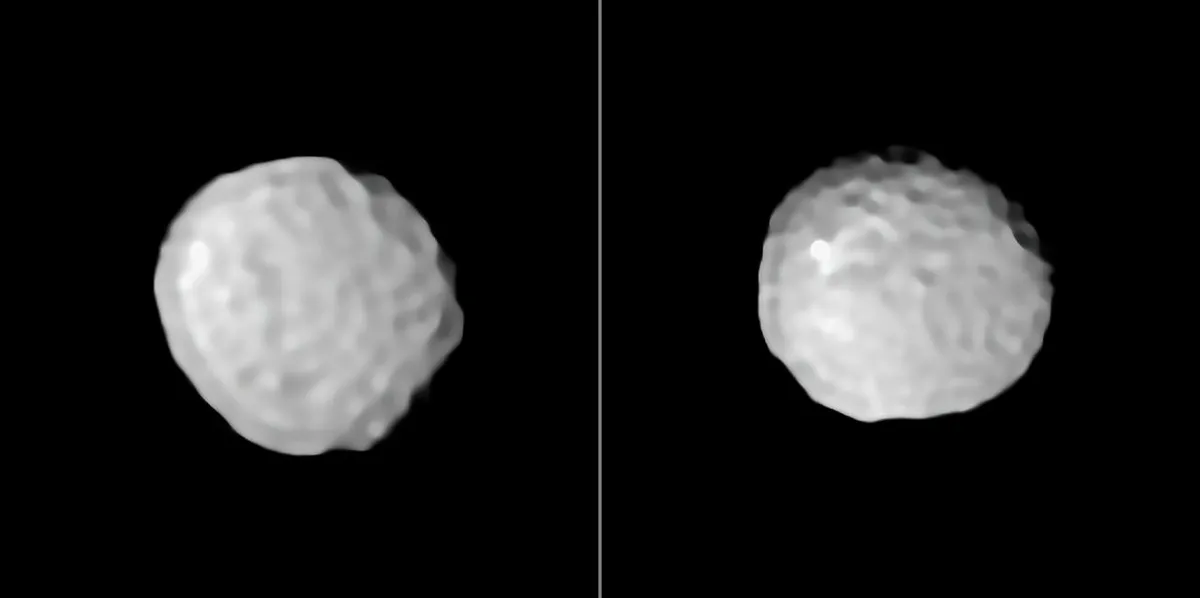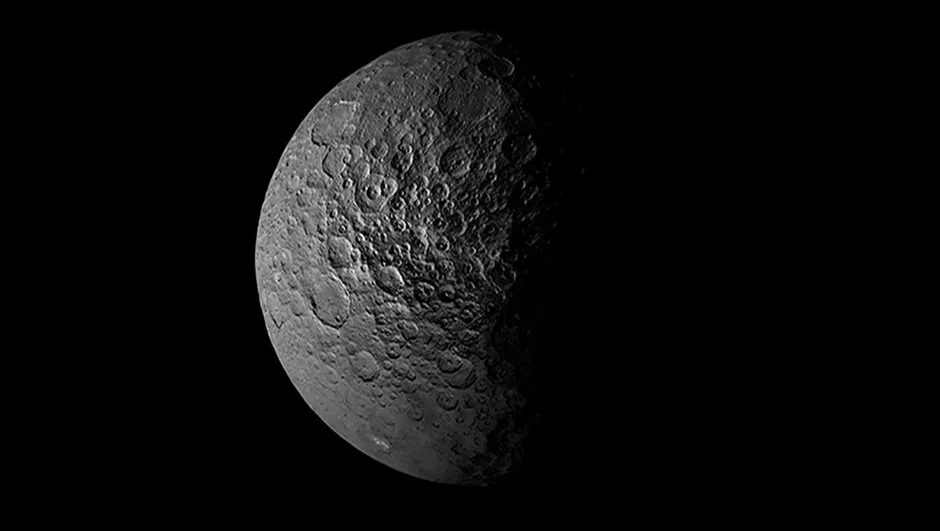Minor planet 2 Pallas reaches opposition on 17 May when it can be found shining within the stars of Hercules at magnitude +8.9.
At this brightness, it’s a tricky binocular find, but a small telescope should pick it up without any difficulty.
Find out what comets and asteroids are visible tonight

Pallas is one of the so-called ‘big four’ asteroids, referencing the first four to be discovered: 1 Ceres, 2 Pallas, 3 Juno and 4 Vesta.
Now that many more examples have been found, it has been demoted to 10th-largest, with a mean diameter of 513km.
On 1 May, Pallas is at mag. +8.9 and located 3° northeast of Kornephoros (Beta (β) Herculis).
Its track then takes it northwest, arcing gently across the area south-southwest of the famous Keystone asterism formed from Epsilon (ε), Zeta (ζ), Eta (η) and Pi (≠) Herculis.
Asteroid Pallas reaches opposition on 17 May, which means its on the opposite side of the Sun in the sky.
At the end of the month, Pallas just manages to reach the border between Hercules and Corona Borealis, maintaining brightness and ending its May track at mag. +9.0.

Asteroid Pallas facts and history
Pallas was discovered by Heinrich Olbers on 28 March 1802.
Interestingly, Charles Messier, the originator of the Messier Catalogue, recorded it 23 years earlier while tracking a comet.
Messier noted the object, but thought it was a star – causing its anonymity to be preserved.
Pallas’s discovery was given a helping hand by the discovery of the first minor planet, 1 Ceres (since promoted to dwarf planet).

Ceres was discovered in 1801 by Giuseppe Piazzi, who initially believed he had recorded a comet.
However, studies showed that the motion of Ceres was odd and quite unlike any comet seen before.
After several months being lost from sight, Ceres was recovered later in 1801 by Baron von Zach and Heinrich Olbers.
It was while attempting to relocate Ceres a few months later that Olbers stumbled across Pallas, its discovery fortuitously helped by the fact that it was positioned near Ceres at the time.
This guide originally appeared in the May 2024 issue of BBC Sky at Night Magazine

